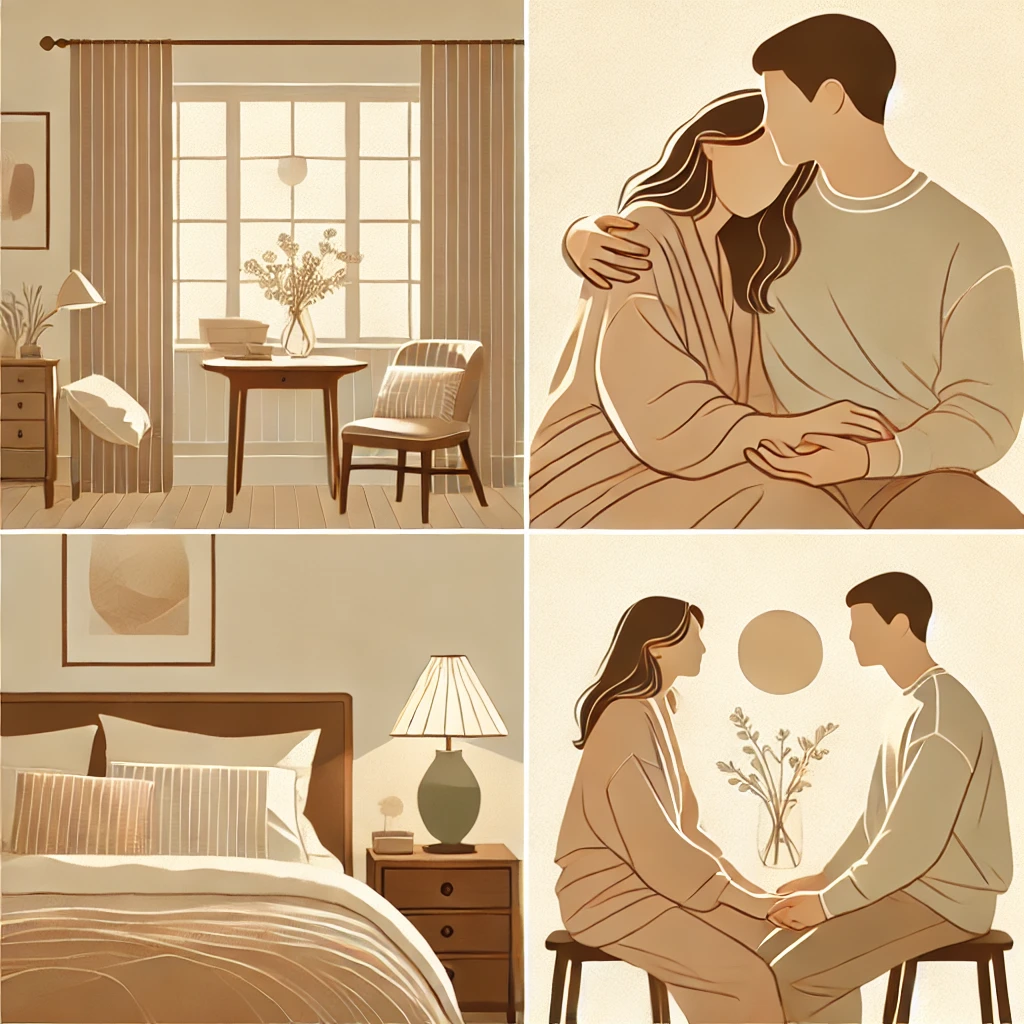
When it comes to intimacy, pleasure isn’t just about the physical act. For women especially, it’s about feeling safe, seen, and understood. Yet, despite all the progress in how we talk about sex and relationships, female pleasure remains one of the least understood topics — especially in long-term relationships.
If you and your partner want to build a more satisfying, connected intimate life, understanding what pleasure really means for women is a must. This article will give you a foundation to talk more openly, explore more confidently, and strengthen your bond — emotionally and physically.
Why Female Pleasure Is Often Misunderstood
From outdated beliefs to vague sex education, there are a lot of reasons why many women (and their partners) don’t fully understand female pleasure. Common myths include:
- “It’s harder for women to enjoy sex.”
- “Orgasms should happen the same way for everyone.”
- “Talking about it ruins the mood.”
The truth is: many women weren’t given the language or permission to talk about their needs. As adults, this can carry into relationships — creating silence, shame, or frustration. But it’s never too late to learn, communicate, and grow together.
Getting to Know the Female Body
Understanding the body is key. Pleasure is physical, yes — but it’s also mental and emotional. Let’s start with the basics:
Key Areas That Matter:
- Clitoris: The main source of physical pleasure for most women. It has over 8,000 nerve endings and extends internally as well.
- Other sensitive areas: Ears, neck, inner thighs, chest, and more. These vary by person.
- G-spot: Some women enjoy internal stimulation, but not all. It’s not a magic button — preferences differ widely.
Why This Matters for Couples:
When couples know how the body actually works, they can stop guessing and start asking. It opens the door to trying things at a pace that works for both people — no pressure, no assumptions.
Arousal Is a Process, Not a Switch
For many women, arousal doesn’t happen instantly — and that’s completely normal. It often depends on emotional connection, comfort, and context.
Things That Support Arousal:
- Feeling relaxed and safe
- Trust and emotional closeness
- Mental stimulation (e.g., romantic talk, thoughtful gestures)
- Slowing things down — rushing can interrupt the natural buildup
One helpful concept is the “Dual Control Model” of arousal: everyone has “accelerators” (things that turn them on) and “brakes” (things that shut them down). For women, brakes can include stress, body image worries, or distractions — all of which can be reduced through communication and intentional time together.
What Women Often Need for Real Satisfaction
Pleasure isn’t just about what happens during intimacy — it starts way before. Many women say that emotional connection and being truly present matter just as much as the physical aspect.
Tips for Building That Satisfaction:
- Check in emotionally — not just physically
- Create space for open, honest talks about what feels good or doesn’t
- Avoid pressure — especially around outcomes like orgasms
- Celebrate small moments of connection, not just the “end goal”
Think of intimacy like teamwork — it gets better with communication, practice, and playfulness.
What Gets in the Way of Pleasure?
Life happens. And with it, sometimes intimacy becomes routine, stressful, or even avoided. That’s normal — but worth addressing together.
Common Barriers:
- Stress and fatigue (especially for parents or busy couples)
- Body image concerns
- Past negative experiences
- Medical issues (e.g., hormonal changes, medication side effects)
These aren’t things to ignore or “push through.” If something feels off, talk about it. And don’t hesitate to reach out to a therapist or medical professional — it’s a sign of care, not failure.
Exploring Together: What Works for You Both
Whether you’ve been together a few months or a few decades, exploring intimacy as a couple should feel curious, not pressured.
Ideas to Try:
- Talk about what you each enjoy — outside the bedroom first
- Try new ways to connect: massage, slow touch, or simply extended time alone
- Use tools like books, podcasts, or videos designed for couples (e.g., Come As You Are by Emily Nagoski, or trusted wellness sites)
- Don’t be afraid of laughter or awkwardness — it’s part of the process
Remember: there’s no “normal” way to enjoy intimacy — just what’s right for the two of you.
Start Talking: No Shame, No Judgment
The biggest change most couples can make? Talking more openly. That includes talking about what feels good, what doesn’t, and how to support each other.
Conversation Starters:
- “What makes you feel most connected to me?”
- “Is there anything you’ve been curious to try?”
- “How do you feel about the way we connect right now?”
- “How can we make space for more quality time — even in small ways?”
These aren’t one-time talks. They’re the kind of questions that keep evolving — just like your relationship.
Final Thoughts: Pleasure Is a Team Effort
Understanding female pleasure isn’t about achieving perfection — it’s about creating connection. When both partners are curious, open, and patient, intimacy becomes something deeper than routine. It becomes something you grow together.
So if this article sparked new thoughts, don’t stop here. Talk. Explore. Learn. And most of all, enjoy the process — together.



